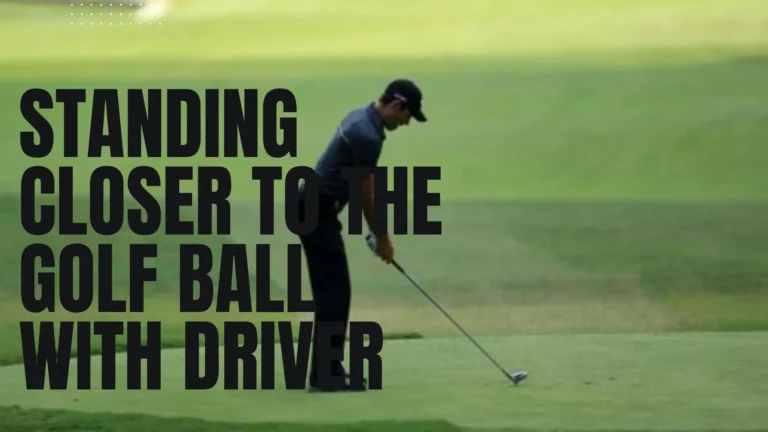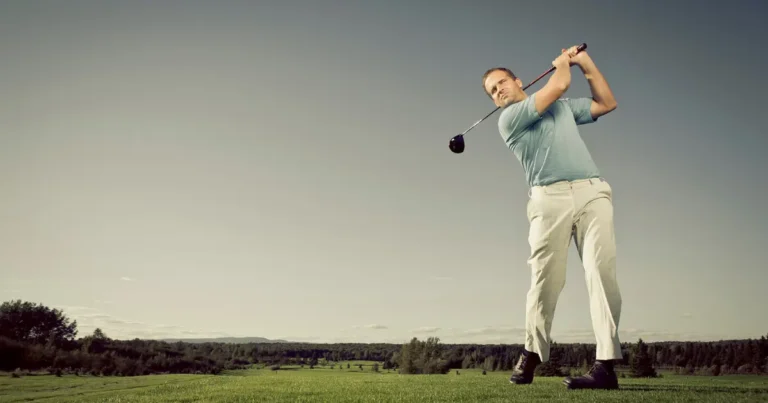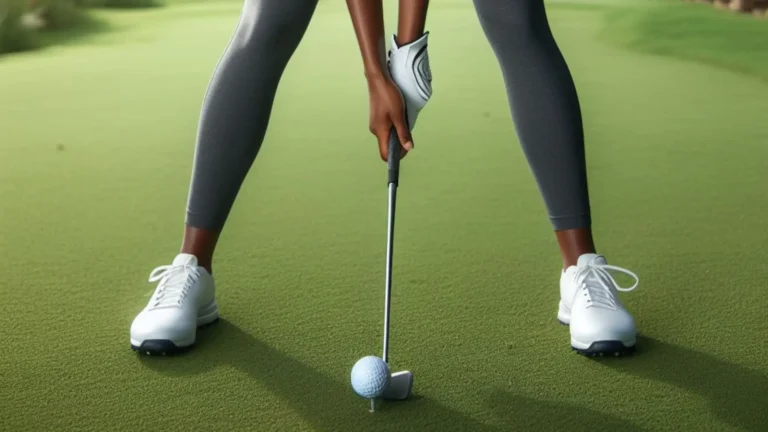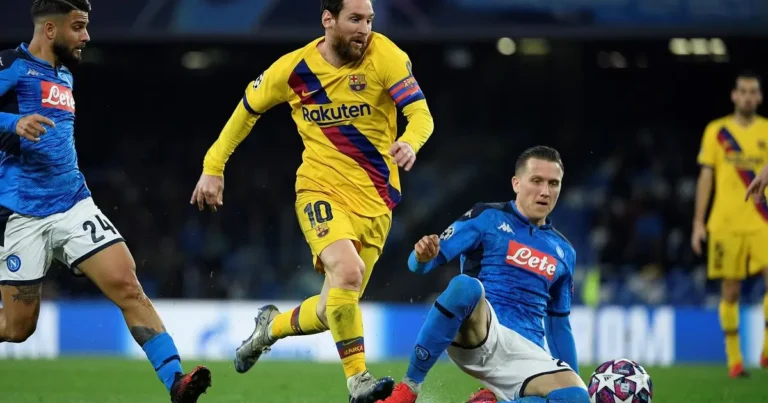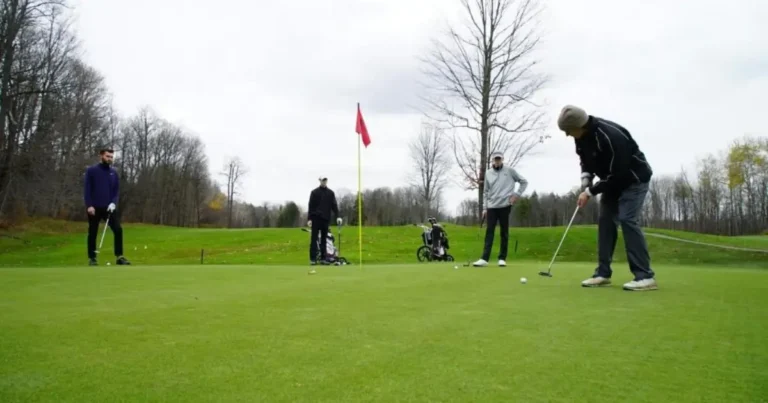The Advantages of a Short Backswing in Golf
The golf swing is a complex motion that requires timed movements of the entire body to effectively strike the golf ball. The backswing is an important part of the swing because it moves the club back behind the body before beginning the downswing. Many amateur golfers believe that in order to generate more power, they must have an extremely long backswing like professionals. However, most golfers find that limiting their backswing provides tangible benefits. A “short backswing” in golf refers to a shortened winding up motion that does not take the club much further than parallel to the ground at its peak. This technique simplifies the golf swing, promotes consistency through improved control, increases solid contact, and even adds yards to drives.
Keeping it simple
One of the primary advantages of using a short backswing is the concept of keeping the golf swing simple. The more elements involved in performing a movement, the more difficult it is to repeat consistently. To successfully strike the ball, the golf swing requires effective coordination and precise timing.
A shorter backswing reduces extraneous motion, lowering the risk of breaking down the sequence prematurely or losing proper form. Golfers use a simpler motion and rely on their rhythm rather than overthinking the process. Focusing on form rather than manipulating the club for more power results in greater consistency. A short backswing simplifies the entire process, making it easier to reproduce with accuracy on multiple occasions.
Improved Control
Limiting the length of the backswing not only simplifies the golf swing but also improves control throughout. Control is one of the most important principles for success in golf. Even tour pros prefer control over pure power in their swings. Golfers use a shorter backswing to reduce excess movement that could disrupt timing or balance. It prevents shifting weight too early onto the back foot, which disrupts the motion.
Having better control over body movements and the club itself allows golfers to maintain proper positions during the takeaway, top of the backswing, and downswing. This control makes squaring the clubface to the target easier. Golfers improve control from start to finish by eliminating the need to manipulate an excessively long backswing.
Maximizing solid contact
Making consistent and solid contact with the golf ball is essential for lowering your score. However, many golfers struggle with mishits such as chunks, tops, slices, hooks, and so on. A shorter backswing improves contact by synchronizing body motions during impact. It is more difficult to return to a down-at-the-ball position if the backswing takes the club far beyond vertical parallel.
With a shorter motion, golfers do not become “stuck” at the top, requiring compensation in the downswing. Instead, limiting the backswing ensures that momentum moves down with gravity through the hitting zone. For solid shots, this sustained motion transfers the most energy directly into the ball when it makes contact. Keeping swings short reduces “over the top” shots, which improves strikes. In this way, a compact short backswing encourages consistency in ball striking.
Added Power Potential
Surprisingly, limiting the length of the backswing does not always decrease power potential. Even with a shorter backswing, golfers can generate impressive clubhead speed by utilizing their bodies efficiently. Power is generated by coordinated hip thrust and rotation through the hitting zone, rather than simply reaching the club back as far as possible. Well-timed weight shifts and quick sequences build momentum.
Many players’ driving distances increase as a result of the improved control and contact provided by a shorter backswing. The key is to consistently make solid contact near the clubface’s sweet spot. This efficient energy transfer maximizes the equipment’s power potential. Golfers can achieve impressive shots by focusing on body motions rather than club manipulation.
Stress Reduction
Aside from the mechanics of the swing, using a shorter backswing provides psychological benefits by reducing stress about the golf shot. The difficulty of controlling an overly long backswing instills doubt in golfers’ minds before they even begin the downswing. However, with the simplified motion pattern of a shorter backswing, golfers are confident in their ability to replicate that swing on a regular basis.
This confidence calms nerves over trying to manipulate positions and then makes a perfect strike. Less complicated swings lead to more positive thinking and lower levels of stress during play. Golf has strong mental and emotional components that influence outcomes, so the benefit of a short backswing is significant.
Conclusion
Most amateur golfers looking for great consistency, strike quality, and potentially hidden yards benefit from focusing on a shorter backswing. Keeping the backswing to the parallel point simplifies the complex, synchronized sequence of motions that comprise the entire golf swing.
This improves reproducibility, increases control, maximizes solid contact, preserves power potential, and reduces unnecessary stress. Some golfers believe that limiting their backswing will reduce distance; however, many tour professionals have adopted shorter swings for precision. While individual factors always make certain techniques more or less suitable for specific players, mastering a short backswing in general helps both experienced and beginner golfers play better and more enjoyable golf.


